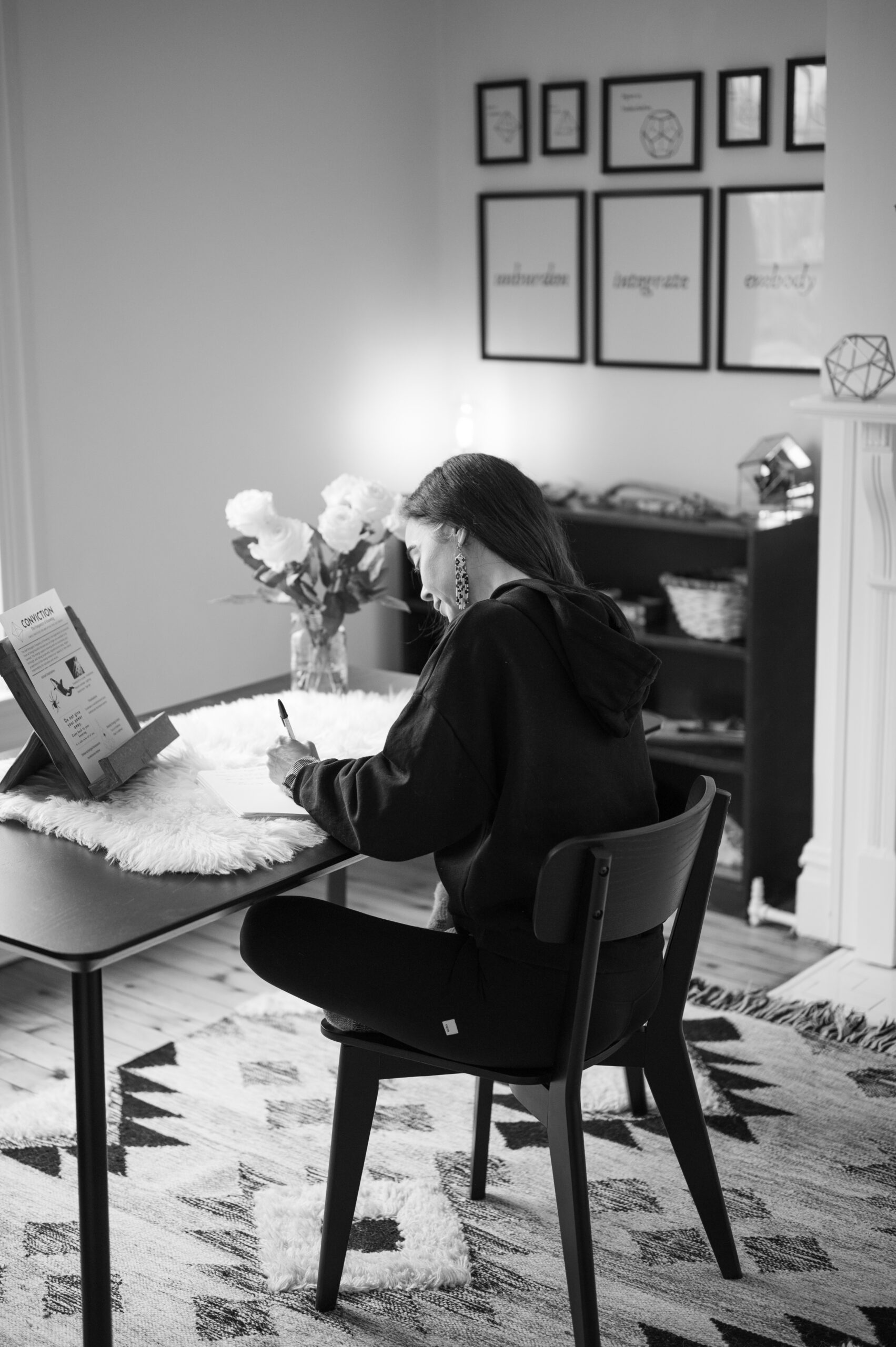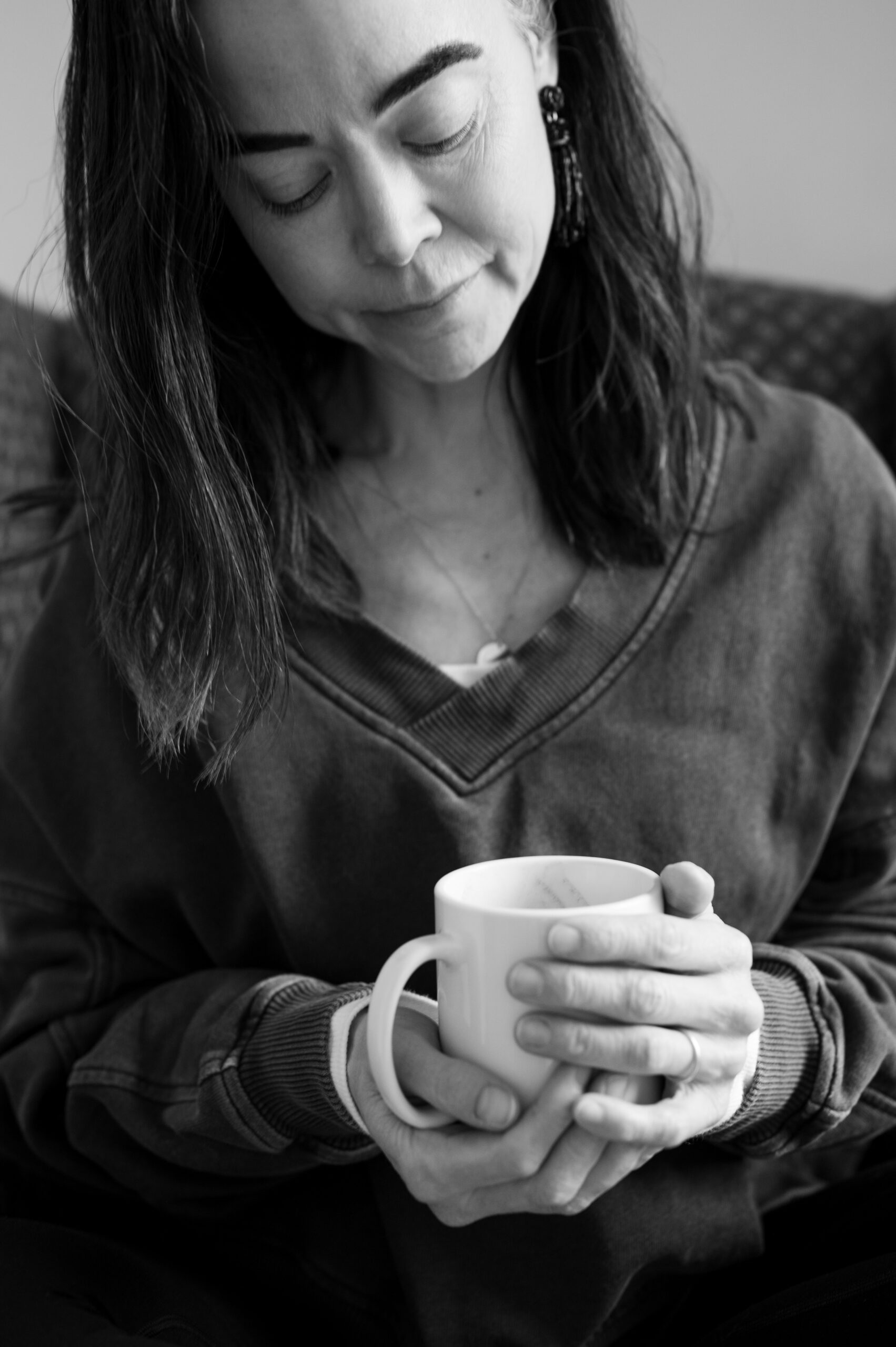"
Lorem ipsum dolor sit amet, consectetur adipiscing elit sed do eiusmod tempor incididunt.
For many of us, a diagnosis was supposed to be the beginning of healing. An explanation. A way forward. But what if it was never the full truth? What if the symptoms you’ve been labeled with are not disorders at all—but survival codes? What if the patterns you’ve been trying to fix… were never broken […]

February 22, 2025
Healing is not always loud. Sometimes, it moves through you in quiet, subtle shifts—whispers of transformation before they become roars of change. In CPTSD Medicine, the unburdening process is not just about understanding trauma; it is about releasing the trauma agreements you never chose. These agreements—formed in survival—once kept you safe but no longer serve […]

February 20, 2025
Feeling stuck deciding whether to stay or leave? I felt so incredibly lonely and isolated when I was deciding whether to stay or leave my first marriage. It seemed like there was no one I could really talk to about this decision. Sure, I could complain, vent, and seek validation for how miserable I felt, […]

January 4, 2025
Once we understand we have CPTSD, many of us want to know how to achieve efficient progress in CPTSD Resolution next. In CPTSD Medicine, we use the term CPTSD Resolution to communicate that something has completed, closed, ended. “Having CPTSD” is something you no longer identify with. You had CPTSD and now you do not. […]

December 12, 2024
One of the most overlooked consequences of untreated or unresolved CPTSD is the emergence of behaviors that can feel, or be perceived as, selfish. Addressing this directly is not about shame or blame—it is about understanding the deeper layers beneath it. You are not selfish. You are not a bad person. But when your internal […]

November 15, 2024
When it comes to CPTSD Resolution, there is a transformative truth that often gets overlooked: You are your greatest ally. For many childhood trauma survivors, this can feel foreign—maybe even untrue. But here is the reality: even if your past holds “evidence” that suggests you could not rely on yourself, you have the power to […]

facebook
instagram
twitter